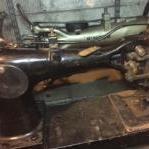Sign in to follow this
Followers
0

Singer class 7 double needle has a issue
By
1985, in Leather Sewing Machines

By
1985, in Leather Sewing Machines